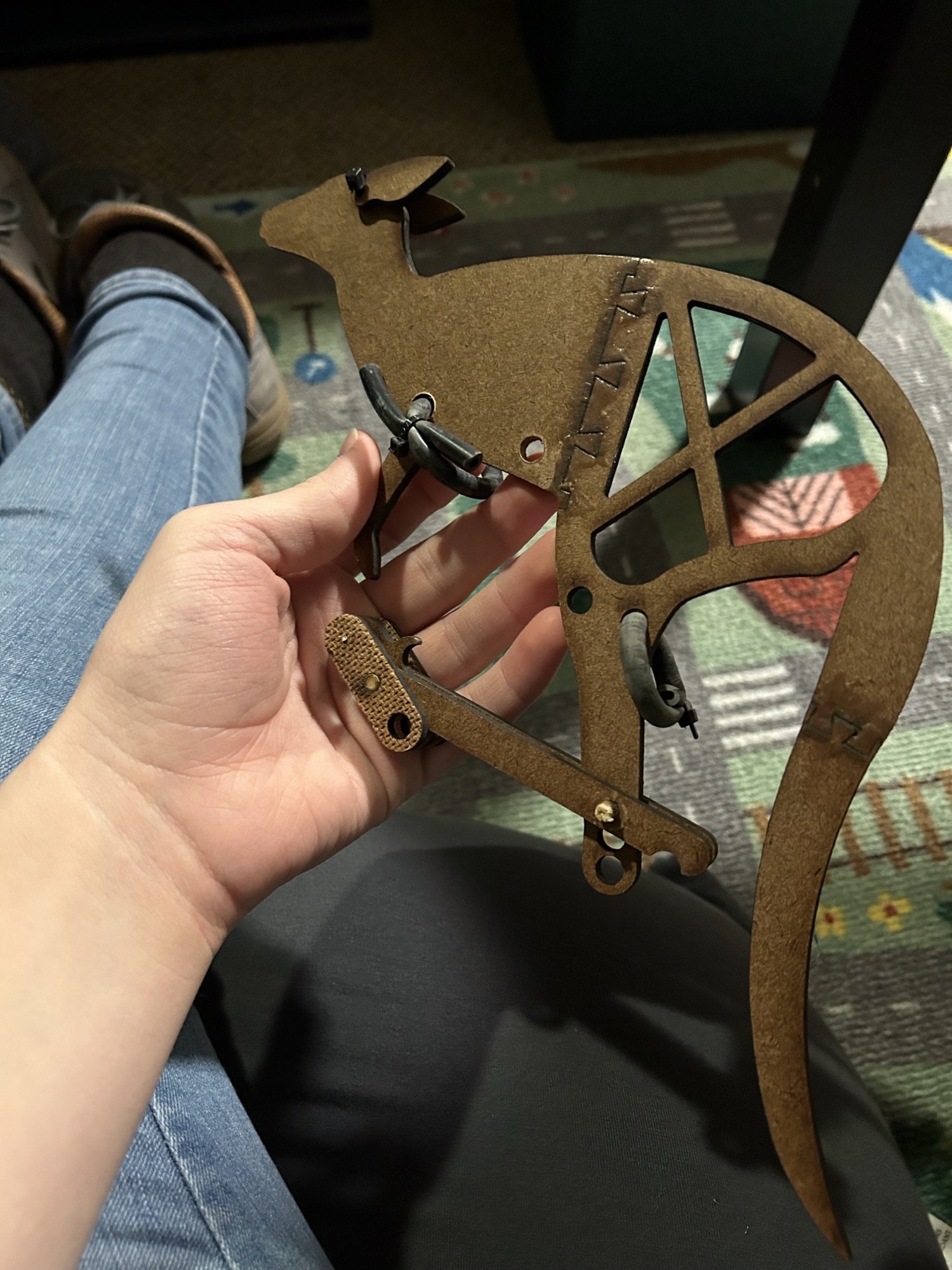
Assessing sustainability initiatives in a first-year, engineering design experience
At Olin College, I co-teach Design Nature, a bio-inspired introduction to engineering design that all students take in their first semester. In one project, students design and build jumping “hopper” mechanisms from a kit of materials. Hoppers must be inspired by nature and are assessed based on goals that students set for themselves.
A core objective of this course is to practice, build, and enhance a spirit of sustainability
This objective is accomplished with several scaffolds of the course design, including:
When students develop their own metrics of project success, they are encouraged to set sustainability-related design goals.
To practice sustainability, the faculty have built a completely recyclable kit of materials. We implement a closed-loop system so that all prototyping materials are recycled at the end of the term or reused the following year.
To practice assessing technical aspects of sustainability, a series of assignments asks students to estimate the environmental impact of their mechanisms throughout the project. This encourages them to make environmentally conscious design decisions.
Inspired by this prior work, I led a team of Design Nature faculty to assess its impact
To share our sustainability-focused interventions beyond Olin’s campus, we documented our findings in an IEEE Frontiers in Education (FIE) conference paper [available here].
We found the Design Nature sustainability initiatives have had a positive impact, but there is still room to improve them:
25% of our student participants incorporated sustainability into their design goal statements.
Students acknowledged all sustainability initiatives, but material choice and embodied carbon calculations were the most frequently mentioned.
